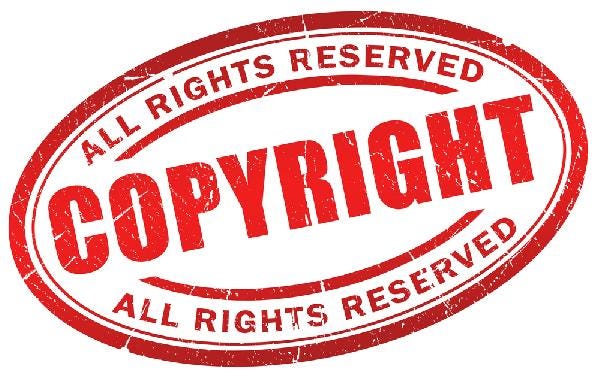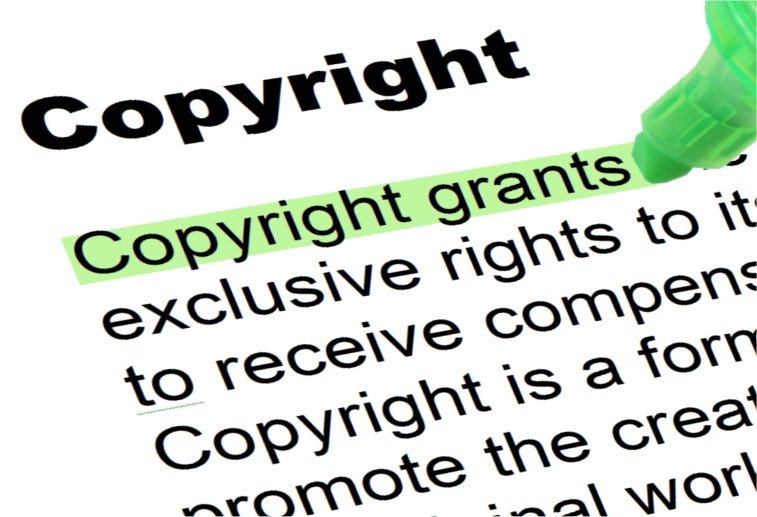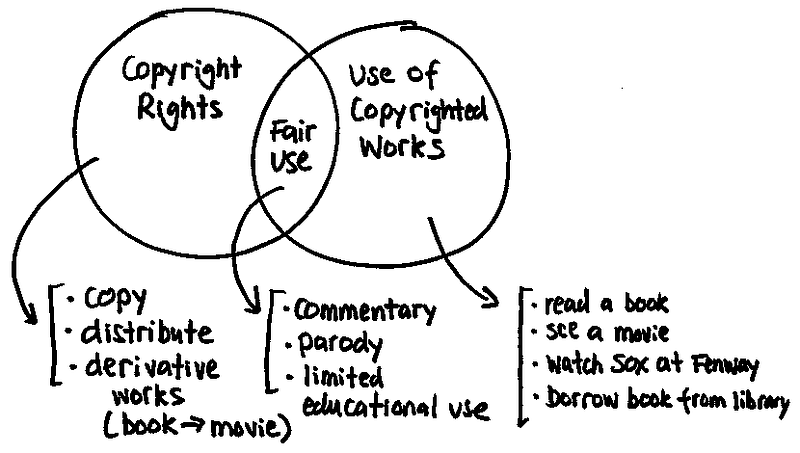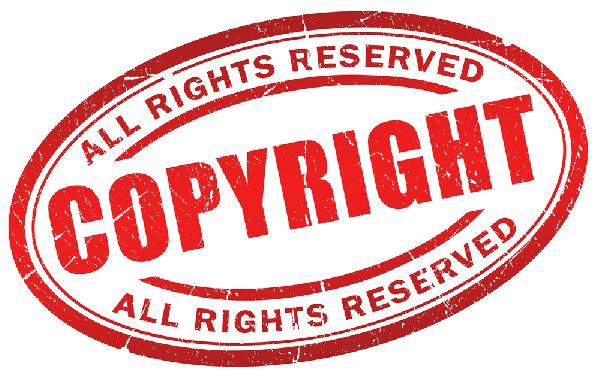Many think that when you pay a company to create something for you that you naturally own the copyright. This is not correct. Copyright requires an explicit transfer of rights.

When an author or contractor undertakes an assignment to write a report, that report does not become the sole property of the organisation who commissioned it unless they have expressly stated a transfer of rights in the contract.
When a work is created by an employee, that is a separate matter.
This is always a complex issue, but the general rule for written works is that the author owns the copyright. Even where the author is a journalist under an employment arrangement for a blog, magazine or newspaper, they do not lose their rights to use their creation. In fact, the journalist maintains the rights for selected purposes. These include use in the creation of a book or for photocopying. Here the employer maintains all other rights [s 35(4)].
nChain have developed intellectual property that can allow the employer to maintain a complete register of all copyright, and, in time as more and more IP is saved (or recorded in hashed format)to the Blockchain, to be able to instantly know if an employee is placing them at risk by sharing or accessing unlicensed material.
What this means is that even in cases where a person was employed to create a report, they can still maintain the rights to include that material in a book that they publish. That is, they can (even as an employee for a magazine say) take their own material and publish this as a part of a book deal. Here, the original employer does maintain rights over the report, but the author has the rights to use the their creation in a derivative work.
It is significant to note that the general rule and the exceptions can be altered through agreement and by assignment [ss 35(3),97(3),98(3),179]. As a consequence, a company can commission a work where the company requires the author of the report to sign an agreement that the company owns the copyright. It is possible to assign Copyright ownership through written contract. As a result, it is unwise to make the assumption that the owner of a copyright will be either the creator of the work in question, the company who commissions a work or even the creator’s employer. Before jumping to conclusions, it is essential to check ownership and this should be checked in each particular case.
Copyright law specifically recognises that both works and derivative works may be made by more than one party.
This is referred to as a work of joint authorship. In this instance, the copyright in such a work is jointly owned unless it is specifically contracted differently (that is the rights have been separately assigned). A work will be deemed to be jointly owned in the event that the contributions any one author made are not distinguishable.
This is different to instances where various authors contribute separate parts of a work such as in separate chapters. Here, each author is not a joint author, but each author maintains and holds the copyright created through their own input.
So, when a paper or report has been created jointly through the involvement of several individuals, they authors in committee or through whatever process now each hold copyright in the material works they have created. Each author can make derivative works using the whole or even republish a book using the material.
This is where Bitcoin comes into play.
This is a use-case that can be developed in a smart contract within Bitcoin. Some of the technology that we have created at nChain allows for the individual tracking and assignment of parts of a created work.
Bitcoin, as an immutable time stamping system also acts to allow a creator to save a hash of a work on the blockchain indefinitely.
Further, Bitcoin will allow the creation of complex smart contracts that can be used to allocated and assign rights within a defined and agreed set of terms that are indexed or attached in an OP_RETURN.

In this, each party to a derivative work can be individually paid and contracted with the component sections of the derived work able to be monitored. For example, if one author seeks to have an MIT license that covers their component parts of the completed work, whereas another seeks to have a standard copyright provision applied, then this is now possible. Automatically and with complete autonomy.
For rights holders, this allows not only the licensing of the work, but an ability to monitor and track use globally over the internet, but on the rights to use the their creation in a derivative work or any violation of this.
The ability to separate and store a complete proof of all components also allows for the “Fair Use” of works to be maintained and even to be algorithmically agreed and maintained. Academics and researchers would know when they are close to breaching fair use provisions and any excess use can be instantly licensed and the rights assigned (for consideration).


